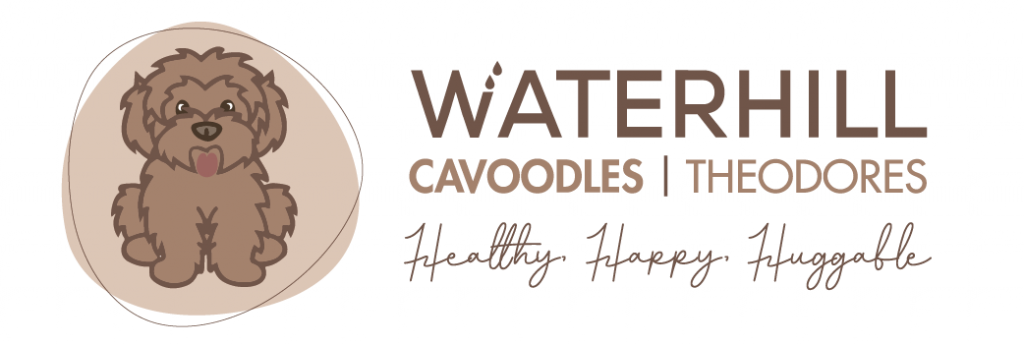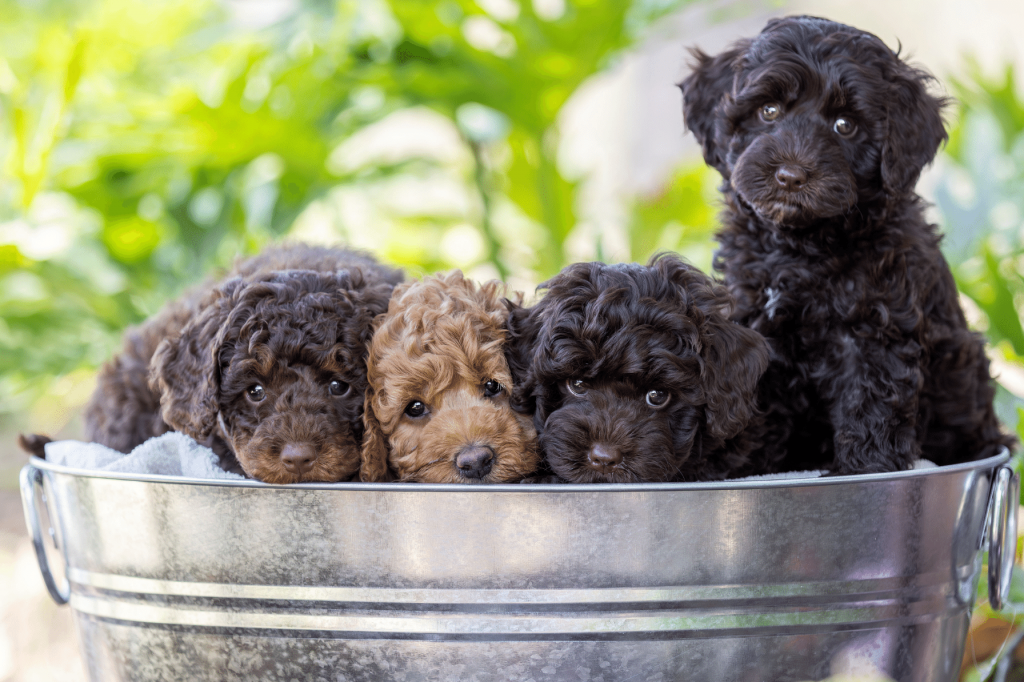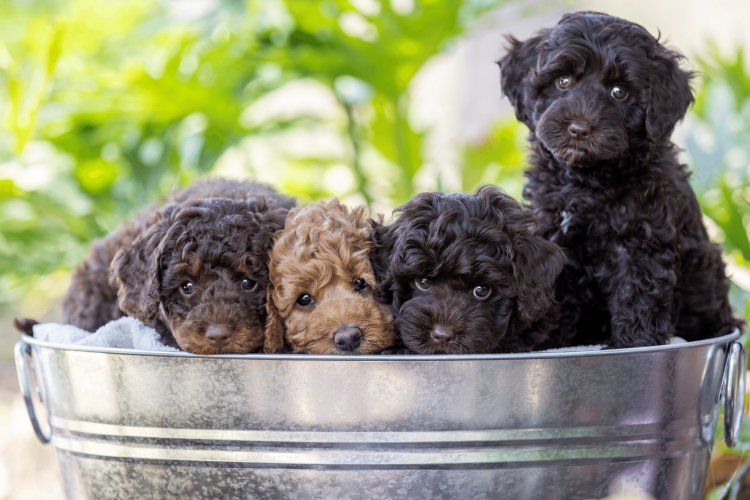What to Do When Your Puppy Isn’t Eating a Lot
Bringing a new puppy into your home is an exciting experience, but sometimes, they may refuse to eat as much as expected. It’s natural to feel concerned when your puppy isn’t consuming enough food, but before hitting the panic button, there are a few steps you can take to address the situation. In this blog post, we will explore possible reasons why your puppy isn’t eating and offer some helpful tips to encourage them to eat more.
- Rule out health issues:
The first and most crucial step is to ensure that your puppy isn’t facing any underlying health problems. Several common conditions can cause decreased appetite in puppies, such as gastrointestinal issues, dental problems, or infections. If you notice other symptoms like lethargy, vomiting, or diarrhea, it’s best to consult your veterinarian for a thorough examination. - Evaluate the food:
Check if the food you are providing is suitable for your puppy’s age, breed, and health requirements. Puppies have different nutritional needs than adult dogs, so it’s vital to choose a high-quality, well-balanced puppy food. If you recently changed their diet, your puppy might take time to adjust to the new food. Transitioning gradually can help avoid gastrointestinal upset and food aversions. - Establish a routine:
Creating a structured feeding routine can be beneficial for puppies. Offer meals at the same time and in the same place every day, ensuring a calm and quiet environment for feeding. Avoid free-feeding, as it doesn’t provide proper control over your puppy’s eating habits. By setting a routine, your puppy will learn when to expect food and may become more inclined to eat during those designated meal times. - Make mealtime enjoyable:
Sometimes, puppies become disinterested in eating due to boredom or lack of excitement around their meals. Try to make their food more appealing by adding a small amount of warm water or low-sodium chicken broth to enhance the aroma. Mixing in a small portion of wet food might also entice them to eat. You can even try feeding them by hand occasionally, as this can increase their interest. Remember, never force-feed your puppy as it can lead to negative associations with mealtime. - Provide a quiet and stress-free environment:
Puppies are sensitive and easily distracted. Ensure that their eating area is separate from high-traffic or noisy areas in your home. The presence of other pets or constant disturbances may cause your puppy to lose interest in their food. Creating a calm and peaceful environment will help them focus on eating. - Monitor treats and snacks:
While treats are a great way to reward your puppy, excessive treats or table scraps can lead to a decreased appetite for their regular meals. Limit the number of treats given throughout the day and avoid feeding them right before mealtime. Maintaining a healthy balance between treats and regular meals is essential. - Try alternative feeding methods:
If your puppy still isn’t eating, you can try soaking their dry food in boiling water. Let the biscuits swell and soften, adding meat juice or a gravy powder to enhance taste and smell. This can make the food more enticing for your puppy and encourage them to eat.
Conclusion:
If your puppy isn’t eating a lot, keep in mind that it’s normal for their appetites to fluctuate. However, it’s crucial to address the issue if the lack of appetite persists. By ruling out health problems, selecting appropriate food, establishing a routine, making mealtime enjoyable, and trying alternative feeding methods, you can encourage your puppy to eat more. Remember, patience is key, and consulting with a veterinarian is always a wise decision when in doubt. With your love and care, your puppy will soon be back to their healthy, happy self.


